How the ‘brains' behind the 45th President of the United States turned out to be a robot
In 1973 I went to a cinema in London to see “Westworld” starring Yul Brynner. Last week I watched the first episode of the 2016 TV series remake. As with the movie, the series concerns a future where robots act as hosts at a Wild West theme park.
Hosting paying human guests, the bots are so realistic that it is difficult to spot the difference between them and the humans. The bots play the roles of cowboys and citizens of highly realistic frontier towns - enabling humans who visit the theme park, to act out their greatest fantasies. The interesting thing about the programme is whether, guests who, given the chance to act out no-limits fantasies choose to shoot bad guys – have flings – start a brawls at saloons – or use the opportunity to realise a fuller human potential and greater world beyond their reach in real life.
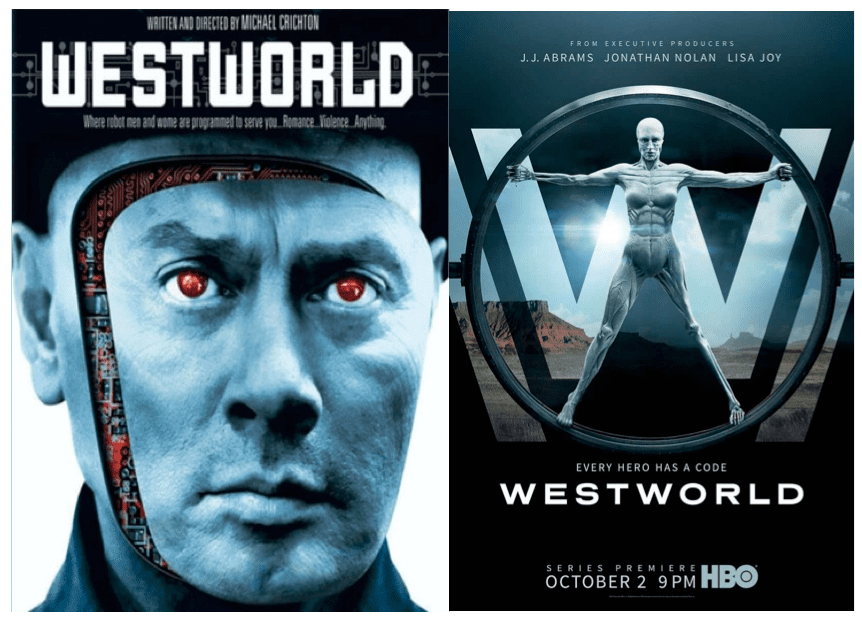
In the same week as the TV series, the press reported how both Clinton and Trump have been using social media bots to persuade the American public to cast proffered votes in the Presidential election.
For example, Hillary Clinton’s presidential campaign built “Literally Trump”, as well as “Text Trump”, a bot that texted amusing personalised “Trumpesque” messages.
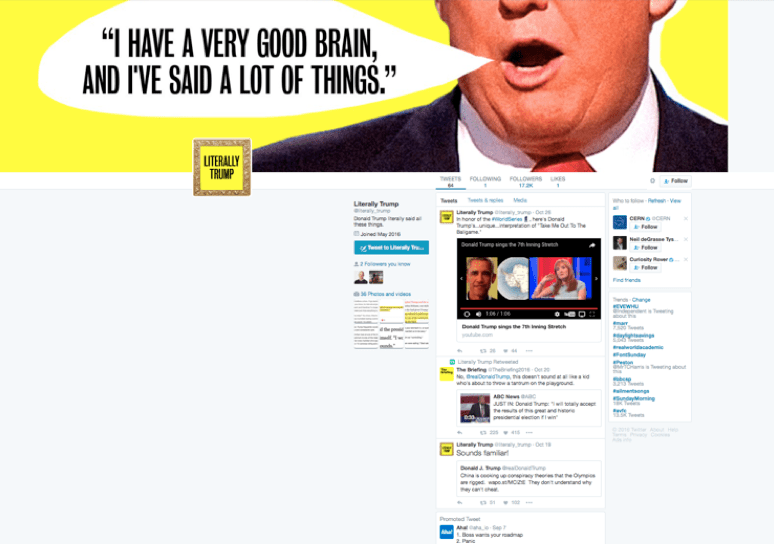
The team behind the bots also produced a Pokémon-style voting game: all good clean and relatively fun stuff.
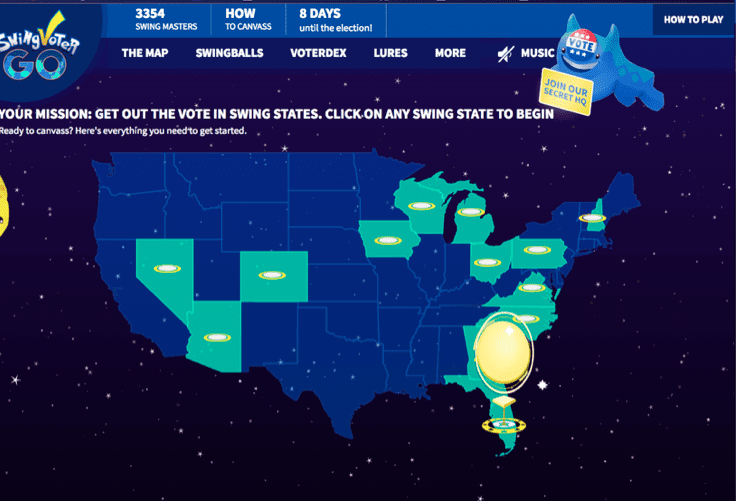
But not all in the land of bots and campaigning during the election has been so transparent. Take a small cohort of Trump’s seven million Twitter followers: Pepe Luis Lopez, Francisco Palma and Alberto Contreras. They were active online during the Nevada caucuses. At first glance their Tweets were pretty innocuous. But on closer inspection it turned out the posts were not sent by people but seeded autonomously by bots using programmed scripts.
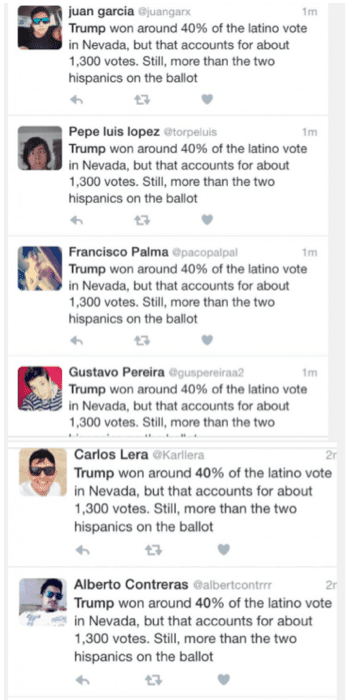
It was not a lone incident. During the head-to-head televised debates, the majority of polls and focus groups agreed that Clinton won the arguments. Coincidently during the debates, the hashtag #TrumpWon started appearing on Twitter. According to the BBC these turned out to be automated purely by bots. Other reports suggested that human – generated bots feigning to be actual people like New York mothers with kids, actually emanated from a troll farm in St Petersburg, Russia.
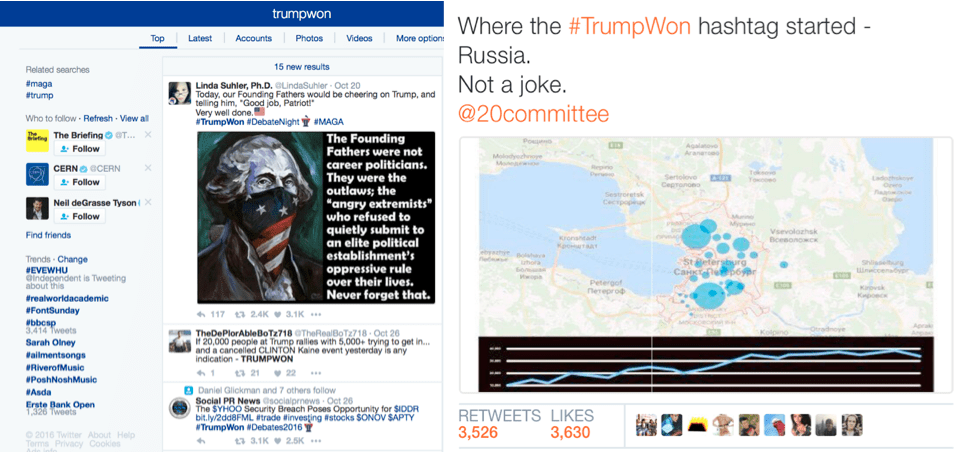
Then there was the bot: ‘MomForTrump’. It appeared to be ‘written’ by a military wife, but was allegedly also a human curated Russian bot.
Brexit – not playing to the Queensbury Rules
And bot-frauds don’t just affect America. Similar bots were thought to have helped shaped perceptions during the Brexit campaign. Out of 1.5 million tweets between June 5 and June 12 2016, fifty-four per cent were pro-Leave, twenty per cent were pro-Remain and twenty-six per cent were neutral. According to reports at the time, the vote did not necessarily genuine mirror Twitter trends – once again many Twitter accounts lending a voice to the debate turned out to be bots.
From over 313,000 accounts sampled, a third of the tweets—half a million—came from less than one per cent of the accounts. (Quite literally, no human could manually generate so many tweets repeatedly).
The US candidates’ special relationship – with robots
According to reports, some Clinton Foundation tweets followed a pattern of pro-Trump Twitter activity throughout the campaign. Accounts appearing to be from genuine – all-breathing people was – yet again - software designed to amplify specific messages to counter negative coverage Trump coverage.
“The bot nets usually turn whatever the issue is back on Hillary,” explained Phil Howard, a professor at Oxford University’s Internet Institute. He suggested that during the first presidential debate around thirty-three per cent of pro-Trump traffic was driven by bots and highly automated accounts. Twenty-two per cent of traffic was driven by Clinton supporting software.
“We don’t know who generates the bots – if its campaigns, supporters or the candidates,” Howard told CNNMoney.
Examples of pro-Trump hashtags tracked by Howard:
#AmericaFirst.
#Deplorable.
#NeverHillary.
#Pepe.
#TeamTrump.
#TrumpPence2016-10-30.
Examples of pro-Clinton hashtags tracked by Howard:
#Dems.
#DirtyDonald.
#I’mWithHer.
#LoveTrumpsHate.
#StrongerTogether.
#WhyIWantHillary.
One suggested reason for factions of Trump campaigners allegedly turning to social media propaganda to win over voters was that Trump largely abandoned traditional (and expensive) television political commercials in favour of less regulated political online campaigning. But if such factions did in fact use bots to exploit voters – they were not the first. One hacker (now serving time in Colombia) told Bloomberg Businessweek how he used Twitter bots to manipulate South American elections. “When I realised that people believe what the Internet says more than reality, I discovered that I had the power to make people belive almost anything,” he said.
“The sheer scale of bot activity being perpetrated on behalf of the Trump campaign is completely unprecedented in American politics,” said Samuel Woolley, director of research at the Computational Propaganda Project. He estimated that fifty to fifty-five per cent of Clinton’s Twitter ‘followers’, ‘likes’ and retweets were artificial. In Trump’s case, that figure leapt to eighty per cent.
Twitter in denial
A spokesman for Twitter scorned such worries, pointing to the network’s strict spamming rules. Equally Hope Hicks, a Trump spokesperson, dismissed the allegations: “Anyone claiming spam accounts on Twitter are distorting the national political conversation is misinformed,” she said in an email (presumably written in person): “The Trump Campaign and the Trump organisation have not and will not be purchasing any bots for social media.”
Lies, damn lies, and the web
As with so much on the web, it seems that some are willing to believe virtually anything published on it. Of course that is nothing new. Scams and cons were perpetuated long before the web via direct mail. What is disturbing however, is how the world has reached a rock-bottom low point that casually accepts the possibility of even potential world leaders abusing voter trust via the web as just being part of normal daily life.
This has real implications on wider ethics and morality through any commercial posts, sites and so on the web. After all, if it is good enough for our world-leaders to purportedly indifferently lie and mislead online, it follows that even the biggest commercial brands will follow suit – assuming they have not already done so.
Clearly we live in an age of the second Wild West where things are not necessarily what they appear to be – yet sadly as a species - we are willing to accept as superficial facts which in truth serve to endorse who we morally are – rather could become.











